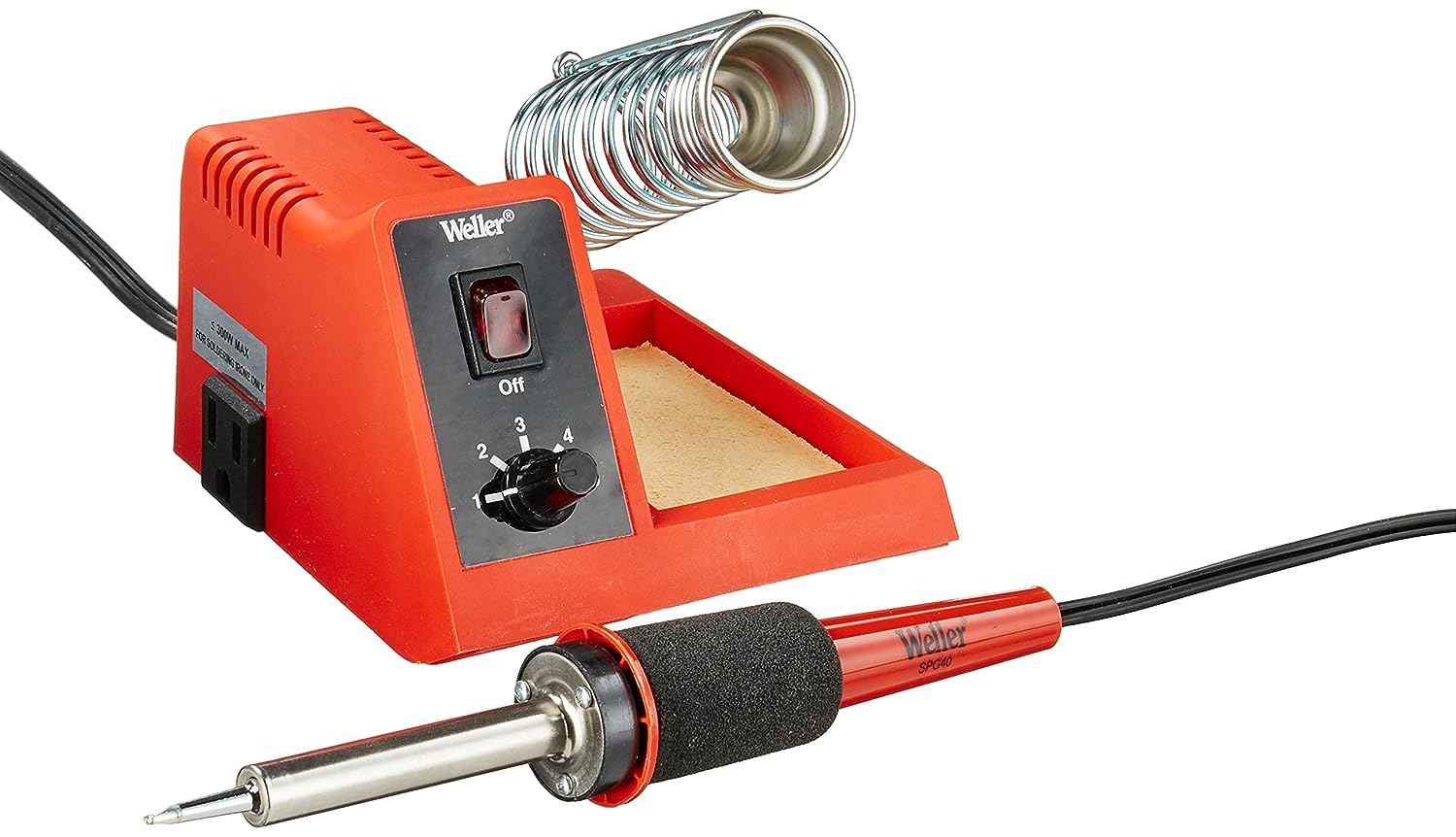Do you mean access a running BrewPi web page using a host name instead of IP address?
This is the BrewPi instance running on my keezer's RPi2 (hostname BPINTS) that actually controls the keezer.
I used the netbios name in the url from a Windows peecee on my lan (set in the /windows/system/drivers/etc/lmhost file).

That isn't going to work well outside the lan, but if all you want is a named reference inside the LAN, that'll do it.
If you only had a single-instance configuration, you'd literally access it using just http://hostname...
Cheers!
This is the BrewPi instance running on my keezer's RPi2 (hostname BPINTS) that actually controls the keezer.
I used the netbios name in the url from a Windows peecee on my lan (set in the /windows/system/drivers/etc/lmhost file).

That isn't going to work well outside the lan, but if all you want is a named reference inside the LAN, that'll do it.
If you only had a single-instance configuration, you'd literally access it using just http://hostname...
Cheers!













































![Craft A Brew - Safale S-04 Dry Yeast - Fermentis - English Ale Dry Yeast - For English and American Ales and Hard Apple Ciders - Ingredients for Home Brewing - Beer Making Supplies - [1 Pack]](https://m.media-amazon.com/images/I/41fVGNh6JfL._SL500_.jpg)













